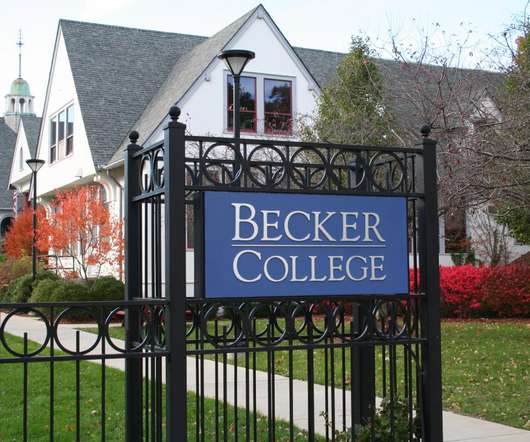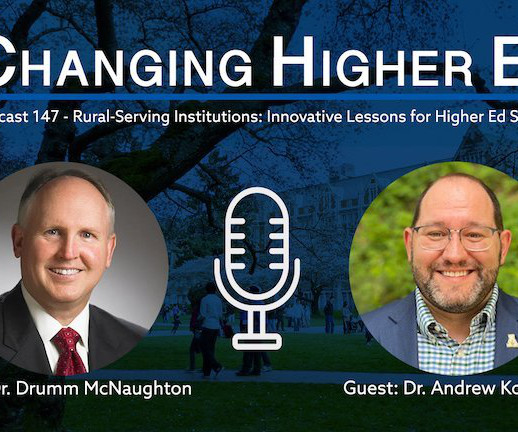How Does U.S. News Rank Colleges?
HEMJ (Higher Ed Marketing Journal)
MARCH 15, 2023
Within each category, it calculates the sum of weighted, normalized values across 17 indicators of academic quality to determine each school’s overall score and, ultimately, ranking: National Universities National Liberal Arts Colleges Regional Universities (North, South, Midwest, and West) Regional Colleges (North, South, Midwest, and West) U.S.












Let's personalize your content